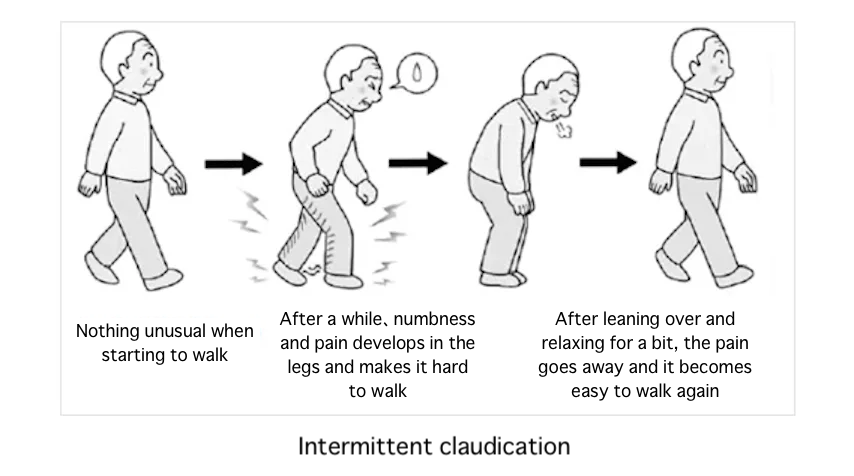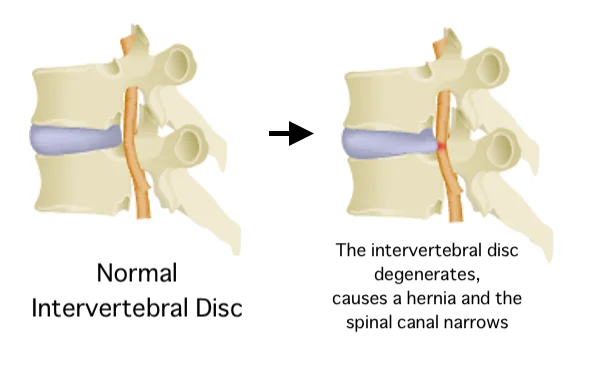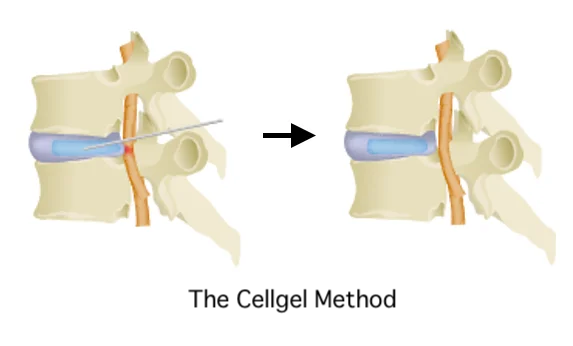Column Is it Already Too Late! ? What Should I Do About Spinal Canal Stenosis That Has Been Left Untreated?
Spinal canal stenosis is a condition in which the spinal canal, which is the passageway for nerves, narrows, putting pressure on the nerves. If the cause is instability of the lumbar spine, it often causes pain with physical movement.
Symptoms of spinal stenosis
Compression of the nerves can cause numbness and tingling in both legs, pain and numbness in the buttocks, and abnormal sensations.
In addition, a characteristic symptom of lumbar spinal canal stenosis is intermittent claudication. Intermittent claudication is a condition in which you feel pain or numbness in your legs when you walk, making it impossible to walk, and after a short rest you feel better and can walk again, but the pain returns after a while.

What happens if left untreated?
As with any disease, it is important to treat spinal stenosis before it is too late.
So, what happens if you leave it untreated?
As spinal canal stenosis progresses, it interferes with daily life.
・Numbness in the legs even when lying on the back
・Pain and numbness occur no matter what position you take.
・Unable to sleep unless you lie down and arch your back
・Urinary and defecation disorders appear
・Walking time becomes shorter
・Significant decrease in muscle strength
If the condition described above occurs, the symptoms often do not improve as expected even after treatment or surgery.
What should you do after leaving spinal stenosis untreated for a while?
The more severe the symptoms of lumbar spinal stenosis, the more commonly surgery (laminectomy, fusion) is performed.
However, if spinal canal stenosis has progressed, even if surgery is performed, the improvement may not be as expected.
Treatment at our clinic—Cellgel method
Our clinic performs the Cellgel method for spinal canal stenosis. It is one of the most advanced treatment methods that has been researched and developed in recent years, and is the newest treatment method with solid evidence.
Spinal canal stenosis occurs when an intervertebral disc cracks, causing the central component to protrude, and the protruding portion narrows the spinal canal.

If a cracked intervertebral disc is not repaired, it may lead to another herniation or narrowing of the spinal canal.
In our clinic’s Cellgel method, we inject a drug that fills the cracked part of the intervertebral disc, and it turns into a gel to repair the crack. The drug’s works by pulling back the protruding disc and relieves pressure on the nerves, making it possible to perform fundamental treatment.

The disc volume does not decrease, and the drug remains in the disc as a gel-like implant after treatment, so the disc is preserved.
Unlike traditional surgery, the Cell-Gel method does not involve any incisions, so there are fewer postoperative risks.
The hospital stay is only half a day, and you can walk home on the day of treatment.



